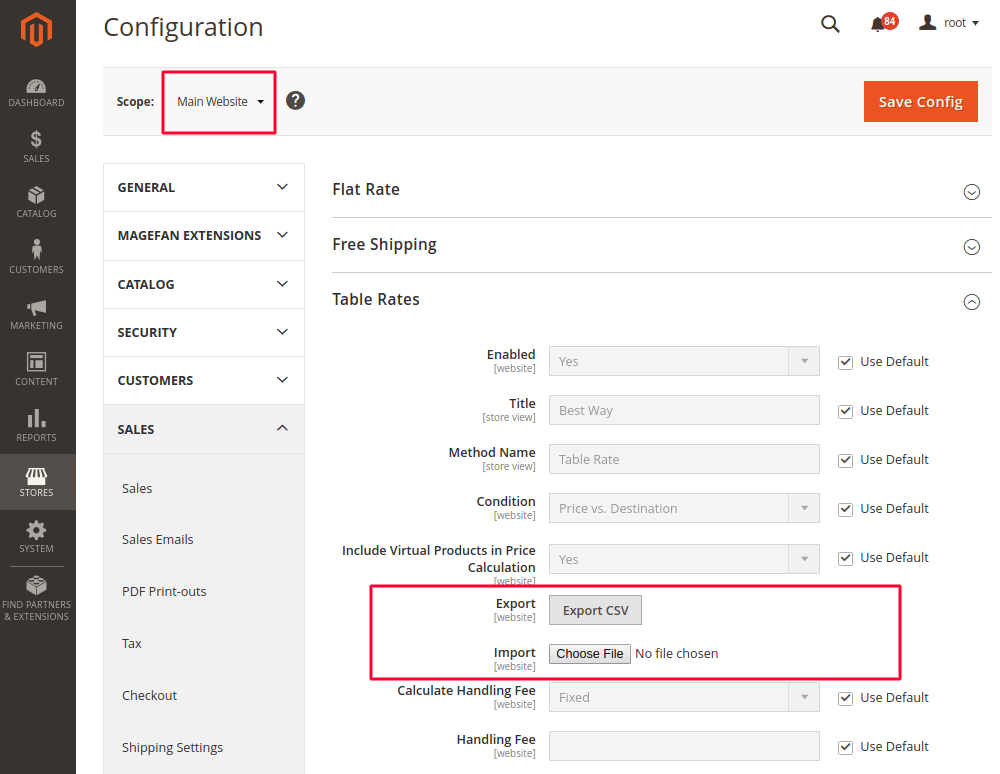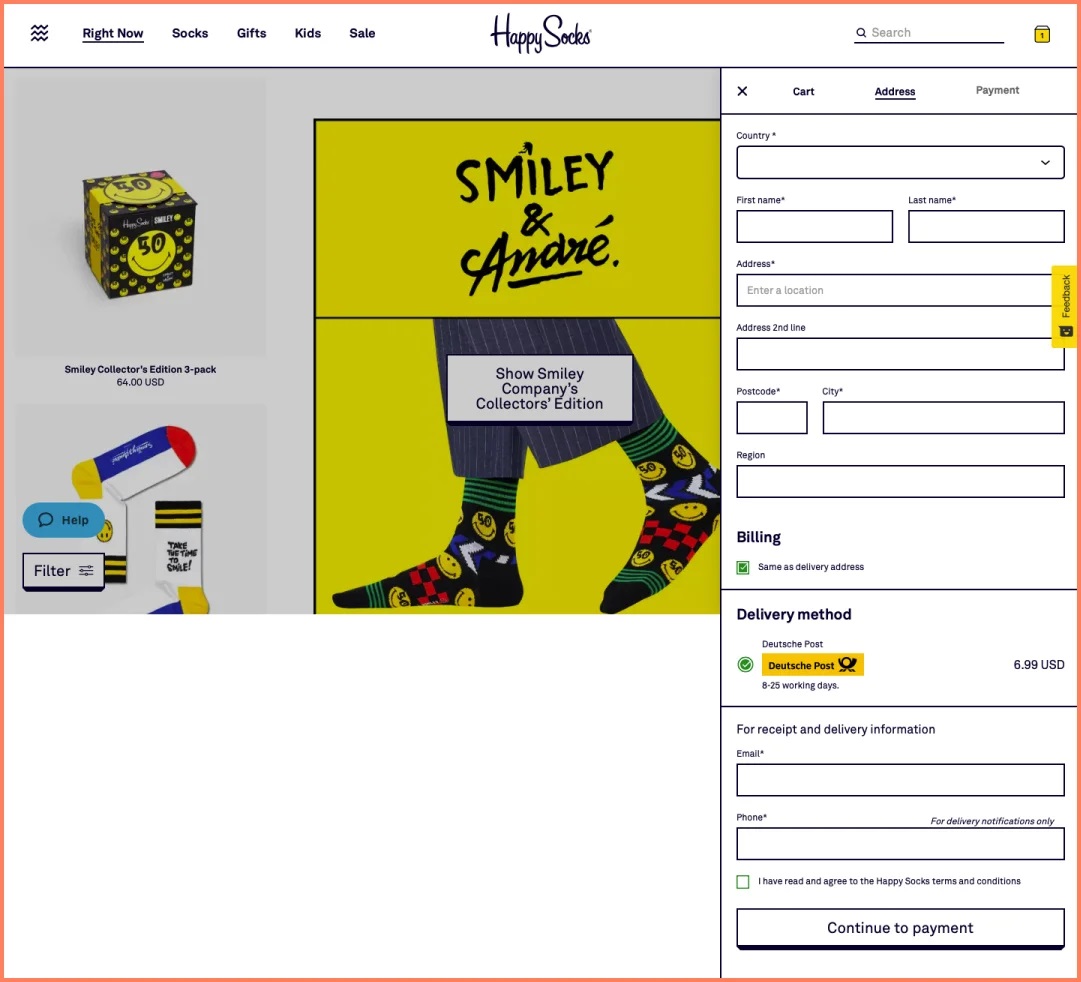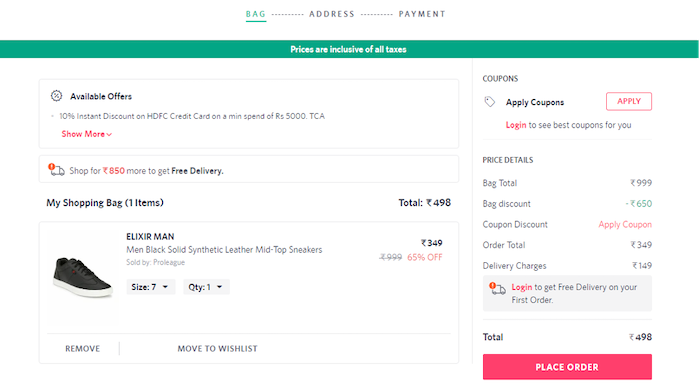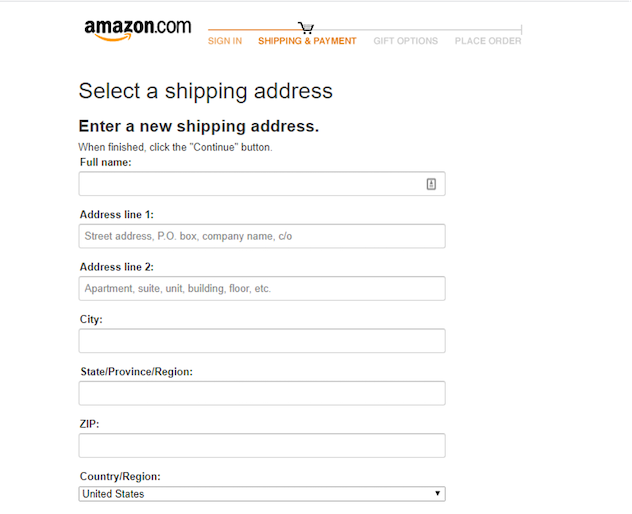The success of any eCommerce store can be measured by the number of conversions it earns. And, the conversion ratio is directly proportional to the checkout experience. Easier the checkout, more conversions you can expect. After all, no one likes to deal with complicated stuff that doesn’t make sense.
The debate revolving around single and multi-page checkout has been around for a while. Both approaches have their own merits and demerits. Throughout this blog, we will be comparing both the methods to help you decide which one’s right for you. Let’s get going.
One Page Checkout:

A one-page checkout brings together all the checkout steps on a single page and allows users to complete their purchase swiftly and easily. This method aims to accelerate the checkout process while minimizing cart abandonment.
Pros of One Page Checkout:
Reduce Checkout Time:
When it comes to checkout, speed is extremely important. A multi-page checkout takes about 1.40 minutes for completing a purchase. That’s a lot of time for someone to leave your store without completing the purchase. However, if you bring all the steps on a single page, the checkout time reduces to just about 53 seconds! Fewer the pages, faster the checkout and more conversions.
Fewer Clicks:
One-page checkout can significantly reduce the time taken for completing a purchase. Customers can enter all the required details with just a few clicks. This approach makes the checkout experience seamless and takes away the uncertainty from the process.
It’s Highly Intuitive:
When customers get to see all the checkout steps on a single page, they know where they are heading. Customers will find it easier to navigate through the entire flow and complete the purchase without a hitch. Moreover, a one-page checkout accelerates the checkout process in a subtle way.
Minimize Cart Abandonment:
When all the steps are on a single page, customers are very unlikely to leave the checkout without completing their purchase. A single-page checkout significantly minimizes the bounce-rate.
Cons of One-page Checkout:
It Can Be Overwhelming:
While a one-page checkout is meant to simplify the checkout experience – it can also be counterproductive if you really need too much information. Thus, before you squeeze down all the information on a single-page, check if this approach would work well with your store. The last thing you want is to overwhelm your customer at the most important step of a buying cycle.
Not Ideal for Analysis:
If you’re fond of Google analytics and use that service for analyzing your pages, a single-page checkout setup won’t help. With a single-page checkout, it’s hard to tell at which step did the customer abandoned the process. However, with a multi-page checkout, you can easily check on which page the customer left the buying cycle.
Brands Already Using One-Page Checkout:
There are several eCommerce giants already using a single-page checkout model for various reasons. You can learn from them and refine your checkout experience to match your customer’s needs. Let’s quickly look at how brands use single-page checkout on their stores:
Bellroy:

Bellroy managed to boost conversions by squeezing its lengthy checkout process on a single page. As you can see, the checkout flow is intuitive and provides all the required information in one place. Notice also the numbers embedded in each step. The neat layout adds more ease to the checkout experience. There is little to no room for returning or abandoning the purchase.
Happy Socks:

Here’s yet another exemplary one-page checkout representing all the steps on a single page. Look at the way it is structured. The step-by-step process makes buying both easy and fun! Moreover, it super-fast and snappy. You can move from one step to another without a hitch. All the steps are numbered to make the process seamless and intuitive!
Multi-page Checkout:
Essentially, a multi-page (or multi-step) checkout breaks down the entire checkout process into unique steps and pages. Customers have to go through all the pages in order to complete their purchase.
Pros of a Multi-Page Checkout
Customers Are In Charge
With a multi-page checkout, your customers can verify the details they fill in at every step. This gives them a sense of certainty and avoids any human errors. Moreover, a multi-page checkout also allows customers to review their order before swiping their credit cards.
Easy Google Analysis
When you have multiple pages, it’s easy to analyze their performance through Google analytics. For instance, you can easily check on which page most of your customers are abandoning their carts – once you know, optimizing the page gets much easier.
Remind them Later:
Often times, the first step of a multi-page checkout collects the primary information of a customer. This means, in case the customer leaves the checkout process without completing the purchase, you still have their contact details to send them follow-up emails regarding their order.
Cons of a Multi-Page Checkout
It’s Slow!
You want checkout to be as fast as possible. The more time your customers spend in the process, the higher are the chances of cart abandonment. The reason why a lot of companies don’t prefer a multi-page checkout is that the entire process can be exhausting.
User-friendliness:
A multi-page checkout cannot be considered best from a user-experience standpoint. This is mainly because a customer has to go to fro for making even the smallest changes to their details. For instance, your customers may have to surf several pages if they want to change something in their address or add a note!
Brands Already Using Multi-Page Checkout:
Myntra:

Myntra has smartly implemented a multi-page checkout to their website. Their layout is clean and intuitive. Notice also, they have clearly displayed the steps at on top of the checkout page. This leaves no room for confusion or backing out.
Amazon:

The largest eCommerce giant across the globe, Amazon also uses a multi-page checkout on their store. Remember the last time you shopped on Amazon? You might have noticed the checkout was quick and seamless. They also allow you to review your order before placing it.
One Page Checkout vs Multi-Step Checkout – Comparison:
| Criteria | One-page checkout | Multi-page checkout |
|---|---|---|
| Checkout process speed | High | Low |
| Clarity | Medium | Medium |
| Navigation | On the Spot | Back and Forth |
| Analytics | Low Detailed | Highly Detailed |
| Upselling | Post-purchase | Post-purchase & Pre-purchase |
| Performance | Faster | Slower |
You May Also Like: How to Configure One Step Checkout Extension to Magento 2?
Which One Would You Implement?
Despite all the pros and cons, both – a single page and multi-page checkout are used by a few of the top brands across the globe. Choosing one over the other can be hard. You need to make a lot of calculated considerations before implementing one in your store.
In many ways, a one-step checkout can be a better option. If you’d like to implement a single-step checkout method to your store, the best way would be to integrate a Magento one step checkout extension.
The Best Magento 2 One Step Checkout Extension:
MageDelight One Step Checkout Extension for Magento 2 is the best extension for optimizing the overall checkout experience of your online store. It is a plug and plays extension that will help you take your store’s checkout experience several notches above what Magento offers by default.
Check our Front and back-end demos to explore more exciting features of our Magento 2 One Step Checkout Extension.
Also, you can refer this Magento 2 One Step Checkout Extension’s FAQ Page for most common questions and it’s answers.
Feel free to reach us out, if you face any issue while configuring the one step checkout extension.


 (5 votes, average: 4.00 out of 5)
(5 votes, average: 4.00 out of 5)